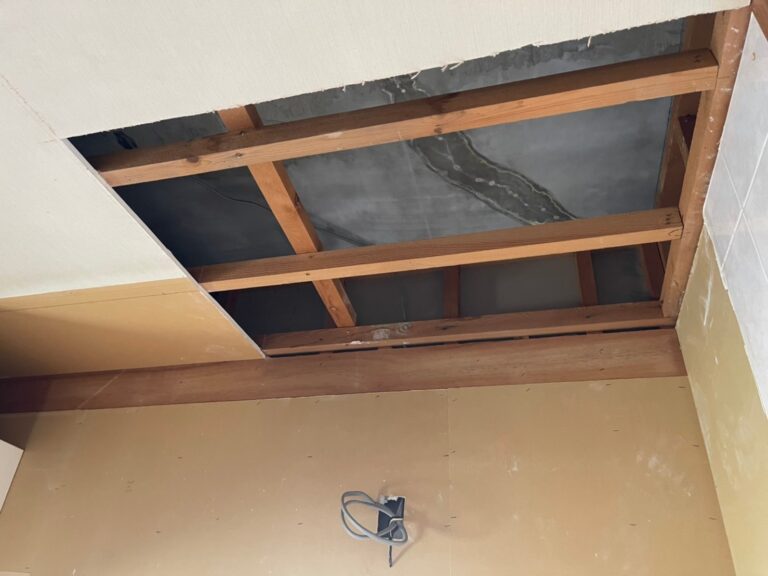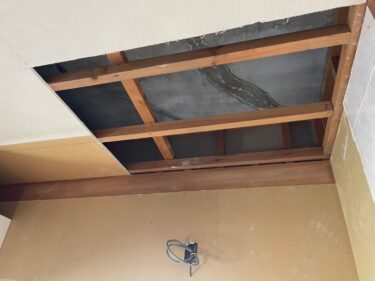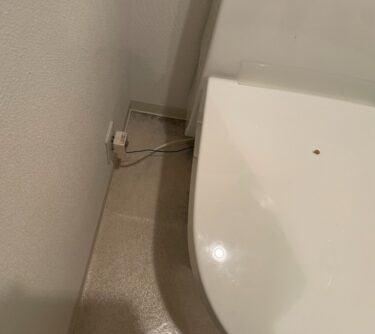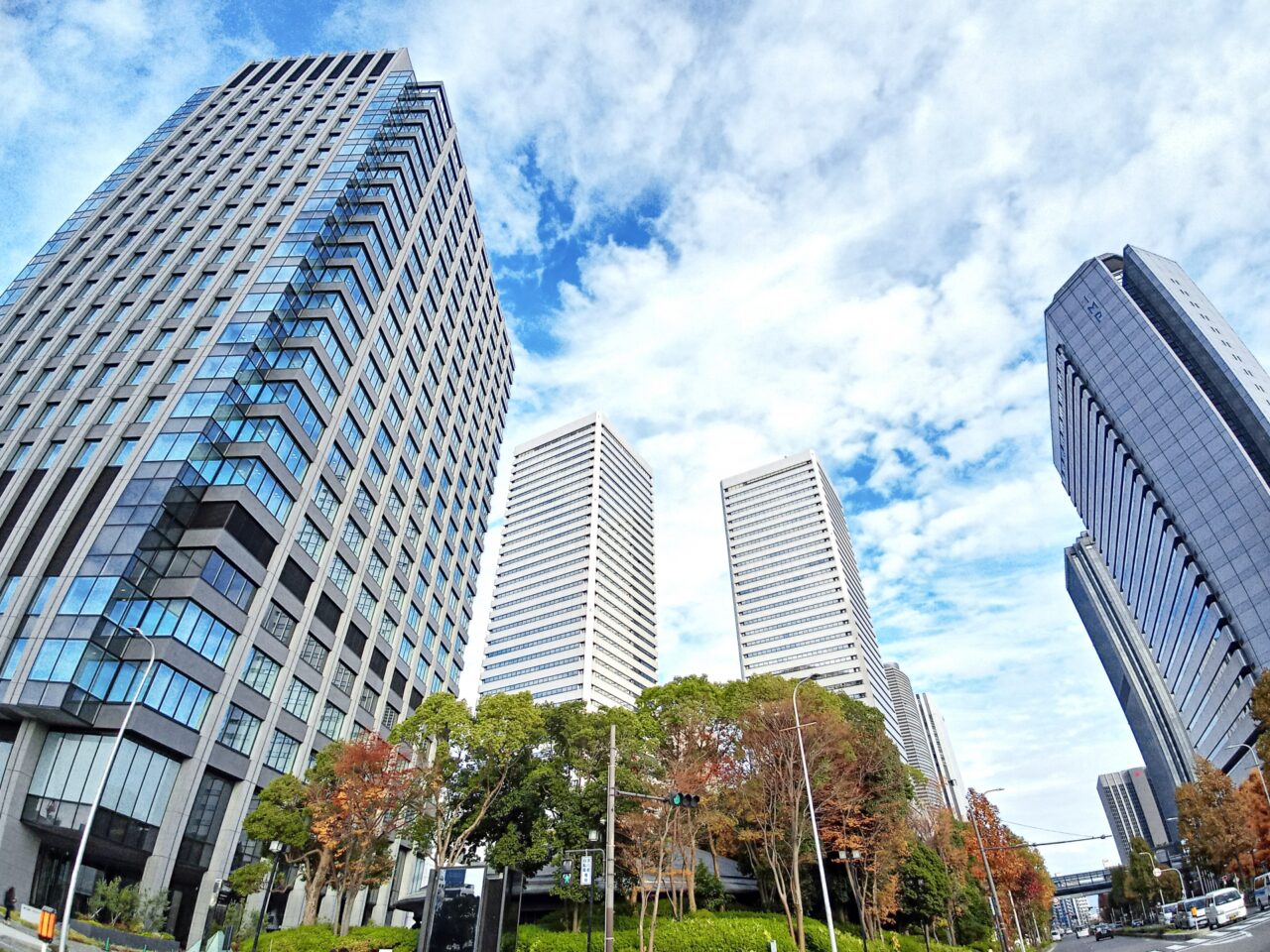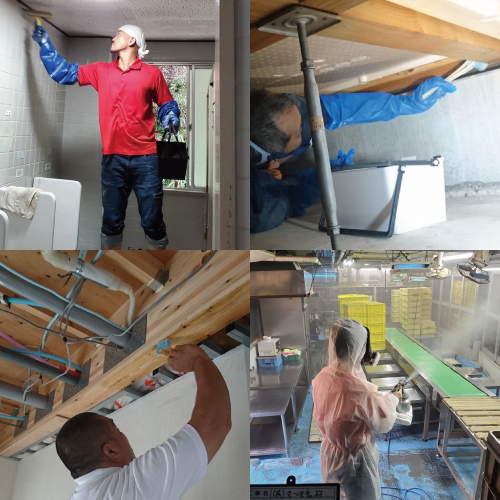Problem Statement
Even in Japan’s prestigious embassy residences, mold grows silently due to the country’s humid climate and sealed architectural designs, often unnoticed by foreign diplomats until health problems appear.
What You’ll Learn
This article explains the causes of mold in embassy and diplomatic residences, the health risks it poses, and cultural misunderstandings, while introducing advanced removal techniques and preventive care solutions.
Benefits of Reading
You’ll gain knowledge on how to identify, prevent, and professionally address mold issues in high-end diplomatic housing in Japan, ensuring a healthier environment for residents and families alike.
High-end embassy and consular residences often hide serious mold issues due to Japan’s humid climate. Many foreign diplomats are unaware of this risk, putting both their health and the property’s integrity in danger. Areas like Minato, Setagaya, and Shibuya—home to many embassies and expat residences—see frequent reports of mold. Despite central air and modern design, hidden moisture under floors and behind walls creates perfect breeding grounds. Security-enhancing sealed windows, dual-wall structures, and high insulation can trap moisture. Imported materials and foreign furnishings are often unsuitable for Japan’s high humidity, increasing mold susceptibility. Mold is an invisible hazard that causes respiratory issues, skin irritation, and allergies. Cultural misunderstandings between Western and Japanese living conditions lead to delayed recognition and action. Many foreign residents suffer from chronic coughing or skin reactions, unaware that mold spores in their home’s air may be the cause—especially concerning for young children and the elderly. While Western homes emphasize insulation and climate control, Japanese housing requires active ventilation and humidity management—gaps that can easily lead to mold growth in foreign residences. Understanding mold’s causes helps in forming effective, long-term prevention strategies. Humidity, poor ventilation, and irregular cleaning are core contributors to mold growth in Japanese housing. Keeping indoor humidity below 50% through dehumidifiers and regular window ventilation significantly reduces mold risk. Special attention is needed in airtight residences with limited airflow. Check closets, bathrooms, and under furniture regularly. A musty smell or wall discoloration may signal mold presence. Frequent air conditioning filter cleaning also helps prevent spore buildup. Delicate materials in diplomatic homes require non-destructive mold removal. Our proprietary MIST Method® offers deep-penetrating, safe, and effective mold elimination with long-lasting protection. Using specially developed non-toxic agents, the MIST Method® deeply penetrates surfaces, eliminating mold at its root without sanding or scrubbing. It preserves original materials like wood and textiles. Unlike off-the-shelf removers, our fog-like application reaches deep into surfaces. After cleaning, we apply preventive agents to stop recurrence, ensuring a mold-free living environment. Regular professional inspections and long-term environmental control are crucial in mold-prone embassy residences. Early intervention prevents severe damage and health risks. Hidden mold in walls or ceilings requires expert detection tools. At least one annual inspection by specialists is advised, especially in high-humidity, low-ventilation residences. Installing humidity sensors, improving ventilation systems, and professional preventive treatments like MIST help reduce recurrence and create a sustainable mold-free environment. Vulnerable populations like children and seniors are at higher risk from mold. Safer removal methods must be prioritized to maintain a healthy indoor space. Mold exposure can lead to asthma, pneumonia, and allergic reactions. Infants and elderly family members are especially sensitive and require prompt, safe intervention. Harsh chemical agents can harm residents. Our MIST Method® uses tested, eco-friendly formulas safe for use around sensitive individuals, ensuring both cleanliness and safety. Foreign diplomats may struggle to find mold removal professionals who can explain procedures clearly in English. Language and service clarity are critical for peace of mind. Look for providers offering English consultations, contracts, and aftercare. Clear warranties and transparent pricing are key to building trust and avoiding disputes. Choose companies with proven experience in diplomatic housing, knowledge of foreign construction, and customer support systems tailored to international clients. Hearing success stories helps visualize results. Here we share actual experiences and data from embassy residence mold remediation projects. In a Tokyo embassy home, mold was found in bedroom ceilings and closets. MIST Method® cleared the mold in two days without damaging materials, with excellent results. Post-treatment air samples showed over 80% reduction in mold spores. Residents reported clearer air, less coughing, and improved overall comfort. Rental properties for foreign diplomats must clarify mold-related responsibilities. Legal disputes can arise if roles and costs are not outlined. “Restoration to original condition” clauses can be unclear about mold. Contracts should state who is responsible for cleaning, inspections, and damage coverage. Quick response to complaints and knowledge of insurance procedures can prevent larger problems. Multilingual support helps resolve issues efficiently. Daily mold prevention steps are just as important as professional intervention. Even small actions can make a big difference in humid Japanese environments. Ventilate rooms twice a day, use dehumidifiers, and monitor with humidity sensors. Clean filters on air conditioners and avoid indoor drying of laundry. Use alcohol sprays or safe mold removers for small areas. For recurring issues, contact professional services with English support for immediate assistance. At Kabibusters Osaka and Kabi Reform Tokyo/Nagoya, operated by Taikou Kensou Co., Ltd., we go beyond simple mold removal—we offer integrated mold remediation and renovation services tailored to embassy and diplomatic housing. Our proprietary MIST Method® ensures safe, deep-cleaning mold elimination without damaging sensitive materials. What sets us apart is our ability to handle both mold removal and full-scale interior renovation under one contract, streamlining your experience and guaranteeing long-term results. We have extensive experience in renovating high-end residences, embassies, foreign corporate housing, and premium apartments. From wallpaper and flooring restoration to humidity-resistant remodeling and kitchen/bath upgrades, our renovation division provides elegant, durable, and practical solutions for demanding clients. Moreover, we support English-speaking clients with multilingual staff, helping diplomats and foreign residents feel confident and understood. Whether you’re addressing mold damage or planning preventive renovations, trust Taikou Kensou to deliver professional service from start to finish. Eliminate mold, protect your health, and restore your living space—all in one service. Contact Kabibusters Osaka or Kabi Reform Tokyo/Nagoya today.1. The Mold Reality in Embassy and Consular Residences
1-1. Mold Exists Even in Tokyo’s Luxury Neighborhoods
1-2. Unique Architectural Risks in Diplomatic Residences
2. Health Risks and Cultural Gaps for Foreign Diplomats
2-1. Mold-Related Health Issues Go Undetected
2-2. Differences in Mold Awareness Between Cultures
3. Causes of Mold and Prevention Essentials
3-1. Importance of Humidity and Ventilation Control
3-2. Effective Cleaning and Early Detection
4. Advanced Mold Removal Technology: MIST Method®
4-1. Gentle Yet Powerful Mold Elimination
4-2. Difference from Other Methods & Long-Term Effectiveness
5. Regular Inspections & Long-Term Maintenance
5-1. Need for Scheduled Expert Check-Ups
5-2. Continuous Strategies for Moisture Control
6. Protecting Children and Elderly from Mold
6-1. Impact on Immunocompromised Individuals
6-2. Choosing Safe and Reliable Mold Solutions
7. Choosing Mold Removal Services with Multilingual Support
7-1. Importance of English Support & Transparent Terms
7-2. How to Select Reliable Mold Experts
8. Case Studies & Real Results
8-1. Embassy Residence Mold Case
8-2. Resident Feedback and Air Quality Data
9. Legal & Contractual Mold Responsibilities in Rentals
9-1. Understanding Restoration Clauses
9-2. Complaint Handling and Insurance Considerations
10. Simple Mold Prevention Tips for Foreign Residents
10-1. Easy Humidity Management for Daily Life
10-2. Emergency Mold Response Basics
Mold Control & Renovation: Kabibusters Osaka and Kabi Reform Tokyo/Nagoya

